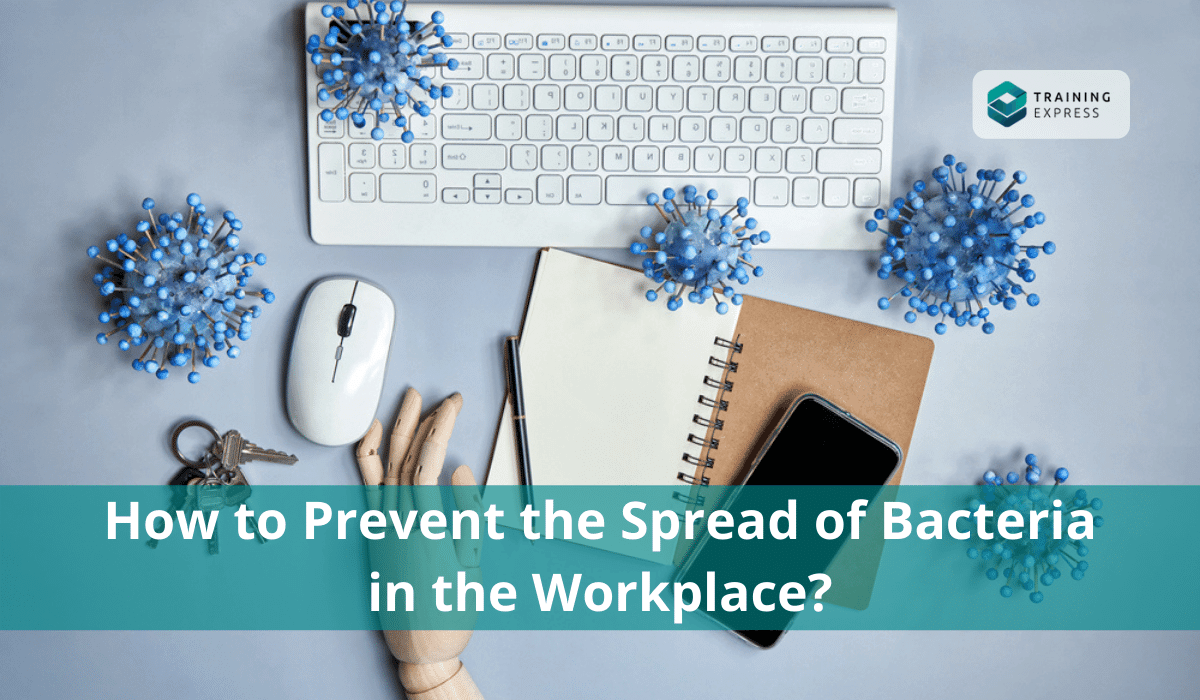You know, as soon as a co-worker starts coughing or sneezing from a cold, the rest of the team is likely to catch it too. This is because desks, copiers, water fountains, toilets and break areas can end up covered with bacteria.

During this COVID-19 pandemic, it is even more critical to reduce the spread of bacteria in the workplace. Keeping the workplace clean and free of bacteria is part of every employees’ responsibility, even if they are feeling well.
WebMD found the dirtiest places in the office with a study swabbed some 4,800 surfaces in office buildings that housed around 3,000 employees. Office types included manufacturing facilities, law firms, insurance companies, health care companies, and call centres.
The six dirtiest places in the office were:
- Break room sink faucet handles
- Microwave door handles
- Keyboards
- Refrigerator door handles
- Water fountain buttons
- Vending machine buttons
Thus, below are some ways on how to prevent the spread of bacteria at the workplace.


